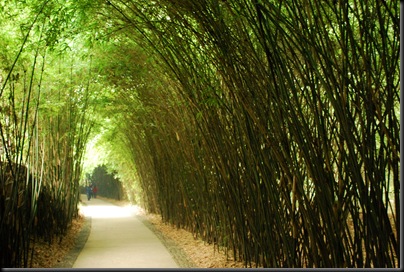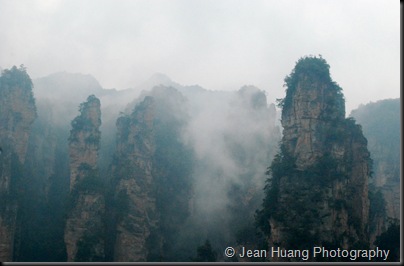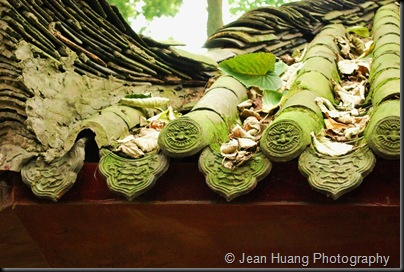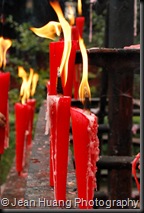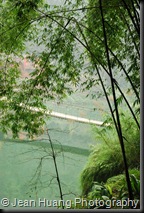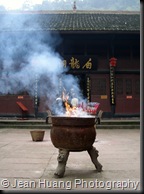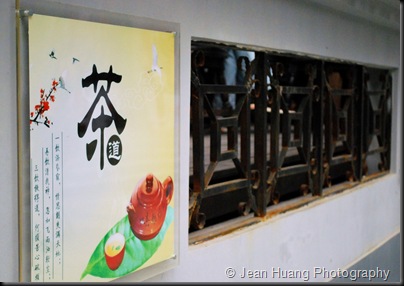
Chengdu, the capital city of Sichuan (or, Szechuan) Province, has long been a city that I look forward to visiting. It has the combination of well preserved history, laid-back culture and great foods, the elements that make a city interesting in my mind.
Although, one can not be mentioned without the others, I will try to present each aspect of this wonderful city separately:
The History and Its Breakthrough
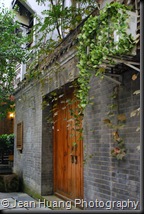 The city of Chengdu dates back to the early 4th century BC, when the 9th Kaiming king of the ancient Shu moved his capital to its current location from today's nearby Pixian (i.e., Pi County). It’s unusual for a city to maintain its name for more than 20 centuries, through different wars, dynasties, and emperors.
The city of Chengdu dates back to the early 4th century BC, when the 9th Kaiming king of the ancient Shu moved his capital to its current location from today's nearby Pixian (i.e., Pi County). It’s unusual for a city to maintain its name for more than 20 centuries, through different wars, dynasties, and emperors.
If you think 20-something centuries is a long time, it’s an understatement that you will be surprised at how far back the civilization goes on this soil.
The Sanxingdui (Three Stars Mound, in Chinese) Culture
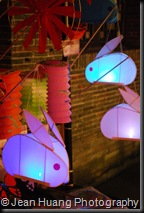 For the longest time, Yellow River was thought to be the “cradle of Chinese Civilization”. Even the large stash of jade relics found by a farmer while digging a well in 1929 did not shake this belief. Archaeologists searched the area to no avail. However, this all changed in 1987.
For the longest time, Yellow River was thought to be the “cradle of Chinese Civilization”. Even the large stash of jade relics found by a farmer while digging a well in 1929 did not shake this belief. Archaeologists searched the area to no avail. However, this all changed in 1987.
In that year, artifacts accidentally being excavated about 40 kilometers north-east of Chengdu revealed previously unknown Bronze Age culture. The astonishing artistic styles that dated back to the 12th-11th centuries BC was completely unknown in the Chinese art history. The most striking 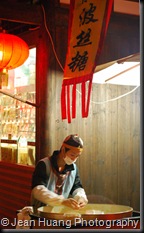 among them were the dozens of large bronze masks and heads with exaggerating human features (some of which with gold foil masks attached).
among them were the dozens of large bronze masks and heads with exaggerating human features (some of which with gold foil masks attached).
The finding of this archeological site proves that there was independent culture in different regions of China. The culture that produced those artifacts are now known as the Sanxingdui Culture.
The Discovery of Jinsha
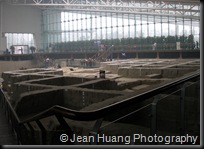 As if one accidental discovery was not enough for Chengdu, Jinsha came to light in February of 2001 during real estate construction. Located just 50 kilometers from Sanxingdui, the burial objects of Jinsha dating back to 1,000 BC have great similarity to those found at Sanxingdui.
As if one accidental discovery was not enough for Chengdu, Jinsha came to light in February of 2001 during real estate construction. Located just 50 kilometers from Sanxingdui, the burial objects of Jinsha dating back to 1,000 BC have great similarity to those found at Sanxingdui.
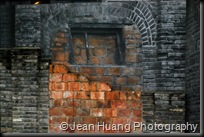 A visit to the western suburb of Chengdu is strongly recommended, where the 74-acre museum (i.e., the Jinsha Site Museum) is built on the site of the archeological findings, and new objects are still being discovered.
A visit to the western suburb of Chengdu is strongly recommended, where the 74-acre museum (i.e., the Jinsha Site Museum) is built on the site of the archeological findings, and new objects are still being discovered.
Chengdu – A City of Leisure
 The fertile Chengdu Plain has long been dubbed “the country of heaven”, or “the land of abundance”. People of Chengdu have a reputation in China for having a laid-back attitude and for knowing how to enjoy life and they can rightfully do so with the mild weather and the copious natural resources. Chengdu was recently named the most leisure city in China.
The fertile Chengdu Plain has long been dubbed “the country of heaven”, or “the land of abundance”. People of Chengdu have a reputation in China for having a laid-back attitude and for knowing how to enjoy life and they can rightfully do so with the mild weather and the copious natural resources. Chengdu was recently named the most leisure city in China.
Two of the greatest poets from the Tang Dynasty, the "Poet God" Li Bai and the "Poet Sage" Du Fu spent some part of their lives in Chengdu. Du Fu constructed 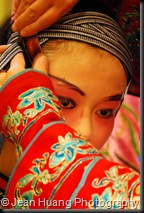 the celebrated thatched hut in the second year of his four-years stay (759-762). In here, he undoubtedly spent the happiest and most peaceful period of his life, despite earlier unsuccessful attempts in the prince’s palace, disturbance due to the war and the famine. In my opinion, he chose a perfect place to spend later part of his life.
the celebrated thatched hut in the second year of his four-years stay (759-762). In here, he undoubtedly spent the happiest and most peaceful period of his life, despite earlier unsuccessful attempts in the prince’s palace, disturbance due to the war and the famine. In my opinion, he chose a perfect place to spend later part of his life.
Not only ancient poets, even giant panda knows well enough to have picked Chengdu to be its homeland. Being the world's only giant panda breeding and research base, Chengdu Panda Breeding and Research Center is the natural habitat of giant pandas.
Szechuan Cuisine and Tea Houses
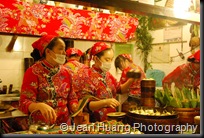 One of the most famous Chinese cuisine, Szechuan cuisine is well known for its pungent flavors, myriads of tastes and use of chili pepper. One thing that sets apart Szechuan cuisine from others is its use of Sichuan pepper, which gives a flavor that can only be understood when tasted.
One of the most famous Chinese cuisine, Szechuan cuisine is well known for its pungent flavors, myriads of tastes and use of chili pepper. One thing that sets apart Szechuan cuisine from others is its use of Sichuan pepper, which gives a flavor that can only be understood when tasted.
Although there are many typical dishes like Mapo Tofu, Dan Dan Noodle and Chengdu Hot Pot, it’s the small tapa-sized snacks that make eating Chengdu food fun!
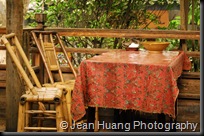 Speaking of tea houses, it has to be pointed out that Chengdu outnumbers Shanghai in the number of tea houses and bars despite having less than half the population. The saying “The sky is crowded with suns (note: in Chinese saga, there used to be nine suns); and the ground is full of tea houses” perfectly depicts the life-style in Chengdu.
Speaking of tea houses, it has to be pointed out that Chengdu outnumbers Shanghai in the number of tea houses and bars despite having less than half the population. The saying “The sky is crowded with suns (note: in Chinese saga, there used to be nine suns); and the ground is full of tea houses” perfectly depicts the life-style in Chengdu.
Places Representing All Three Elements of Chengdu
What better way to take in the leisurely ambience of this city than to slow down the foot steps? Although more time could always have been spent in Chengdu, I’ve had great experiences with these two revived historical districts.
China Lane
 China Lane, also called Kuan/Zhai Alleys is made up of three parallel alleys – Kuan (wide, in Chinese), Zhai (narrow, in Chinese) and Jing (well, in Chinese).
China Lane, also called Kuan/Zhai Alleys is made up of three parallel alleys – Kuan (wide, in Chinese), Zhai (narrow, in Chinese) and Jing (well, in Chinese).
In 1718, Emperor Kangxi of the Qing Dynasty sent three thousand Manchu troops to subdue the rebellion in Tibet. Afterwards, one thousand of them were retained in Chengdu and lived in a “Lesser City” that they built.
Today, Kuan, Zhai and Jing Alleys are the only three alleys, out of 42, remained with reserve of the past. China Lane is the last survival of city layout of “Lesser City” and hundred-year architecture structure of old Chengdu. It is also the only existing copy of northern courtyard architecture style (also called Hutong) in the south.
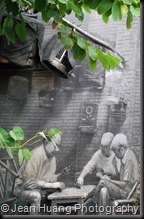 Thanks to a high-profile renovation project, China Lane remained true to its root and has become a representative of cultures of Chengdu. Enjoying the food, the culture, shopping and having tea at a tea house afford a deeper understanding of Chengdu. On a given day, you’d see local people gather around wooden tables and bamboo chairs at the sides of the street to enjoy a cup of tea and chatting.
Thanks to a high-profile renovation project, China Lane remained true to its root and has become a representative of cultures of Chengdu. Enjoying the food, the culture, shopping and having tea at a tea house afford a deeper understanding of Chengdu. On a given day, you’d see local people gather around wooden tables and bamboo chairs at the sides of the street to enjoy a cup of tea and chatting.
The repaired China Lane has retained the old elegance of Chengdu. A 400-meter long brick culture wall has recorded more than a thousand years of Chengdu’s history.
Jinli Street
 Jinli Street dates back to the Qin Dynasty (221BC – 206BC) and was one of the busiest commercial boulevards of the Kingdom of Shu during the Three Kingdoms Period (220 – 280).
Jinli Street dates back to the Qin Dynasty (221BC – 206BC) and was one of the busiest commercial boulevards of the Kingdom of Shu during the Three Kingdoms Period (220 – 280).
It is located adjacent to the ancient Temple of Marquis Wu, which is in recognition of the leadership of Zhu Geliang, an outstanding politician and strategist of the Three Kingdoms Period.
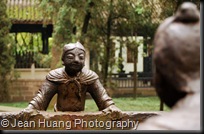 The renovation of the street was completed at the end of 2004 and the complex amazingly managed to present all aspects of Chengdu’s culture in every restaurant, store, handicraft booth and food stand.
The renovation of the street was completed at the end of 2004 and the complex amazingly managed to present all aspects of Chengdu’s culture in every restaurant, store, handicraft booth and food stand.
Oh, did I mention that there is a Starbucks too? Some of our “home-sick” tour mates dashed to it and came out with a content expression on their faces.
Will Chengdu Lose its Laid-Backness?
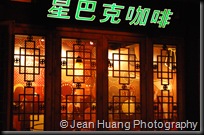 As early as the Tang Dynasty (more than 1,200 years ago), Chengdu became one of the most commercial cities in China, second to Yangzhou (which I will write in a later post). In the Northern Song Dynasty (around 960 AD), the first widely used paper money in the world was born in Chengdu.
As early as the Tang Dynasty (more than 1,200 years ago), Chengdu became one of the most commercial cities in China, second to Yangzhou (which I will write in a later post). In the Northern Song Dynasty (around 960 AD), the first widely used paper money in the world was born in Chengdu.
Today, with its well-developed transportation network, Chengdu is one of the favorite cities for investment in western China. As of October 2009, 133 of the world’s 500 largest companies have subsidiaries or branches in Chengdu, including Intel, Sony, Toyota, Motorola, Ericsson and Microsoft.
While globalization of businesses is inevitable, will Chengdu find a balance between its laid-back attitude and the chase after profit?
